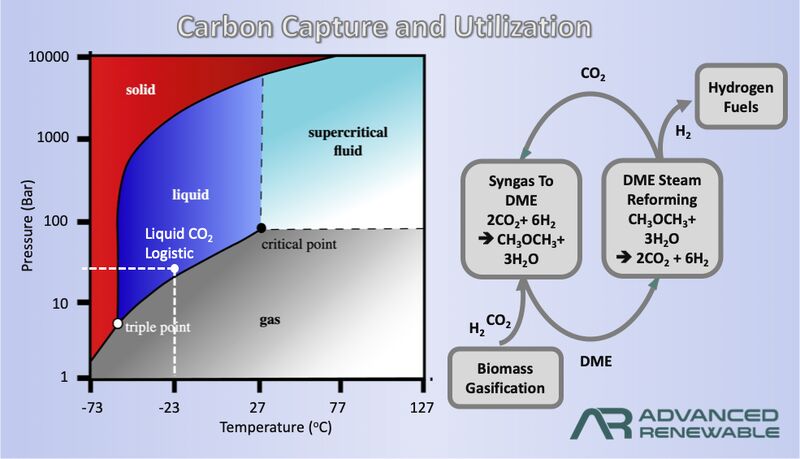Waste and Emissions Technologies for Regenerative Energy
Advanced Renewable
Mon , 13 May 2024 21:22 WIB

Like a big family, initially we only made two machines that won the Climate Impact Innovation Challenge (CIIC) ASEAN 2023, these machines are Autothermal Slow Pyrolysis (ASP) whose function is to carbonize biomass and waste, and the FlueTrap machine - an emission capturer so that the ASP machine does not pollute the earth's atmosphere.
From these two machines, a third machine was born, namely OCCYRE (Onboard Carbon Cycle for Regenerative Energy), whose function is to react C from ASP and CO2 from FlueTrap to produce new energy called syngas - synthetic gas. This OCCYRE product is a syngas which is rich in CO, CO>H2. To improve the quality of this syngas to become a H2-rich syngas, H2>CO, we need another machine, so the fourth machine was born which we call XH2 - Extra High Hydrogen.
There are two XH2 outputs, namely hydrogen-rich syngas, with an H2/CO ratio>2 and CO2 emissions. We capture these CO2 emissions again with a FlueTrap and undergo a new cycle producing more syngas and more hydrogen. This is where we introduced the new term Regenerative Energy, namely new energy produced by utilizing emissions from previous energy use.
The output and XH2 in the form of syngas with H2/CO>2 is the feedstock for the fifth engine which we call GTX, Gas To X where X could be diesel, gasoline, jet-fuel and LPG. If so desired, the output from XH2 can also be processed into pure hydrogen, for this we need a sixth machine which we call a membrane reactor (MR).
From the series of above machines, there are three machines that produce high waste heat, namely OCCYRE, XH2 and GTX. So that this waste heat can also be utilized, the 7th machine was born which we introduced yesterday as ORISYS - Organic Rankine System, essentially converting waste heat into electrical energy.
Apart from meeting the electricity needs of the entire system so that it is energy independent, the excess power can be used to electrolyze water into pure hydrogen. Pure hydrogen can be used as an additional H2 source for GTX or used as pure H2 energy.
From the ecosystem of the above technologies that convert waste and emissions into energy, we can see that from the waste and emissions raw material sources we can produce all fuels we use today. Our fuel is essentially hydrocarbon, it only needs the elements carbon and hydrogen. The carbon can come from waste/biomass, CO2 emissions from outside the system, or emissions from the system itself. Meanwhile, hydrogen can be obtained in two ways, namely from CO gas which is processed via XH2 and purified via MR, or it can also be obtained from electrolysis of water from electricity produced by waste heat.
As long as there is waste/biomass, CO2 emissions and water, then we will always be able to produce these regenerative fuels, whether in the form of diesel, gasoline, jet-fuel, LPG and even pure hydrogen, wherever we need it.
Pos Lainnya
Bangsa Penakluk Carbon
May 13, 2024
Visualisasi Visi : Mata Air Di Gurun
May 13, 2024
Indigenous Energy Security
May 13, 2024
Advanced Energy Storage : Beyond Battery
May 13, 2024
Kategori
Renewable Energy






Silakan mendaftar terlebih dahulu!
Untuk memposting komentar baru. Anda harus login terlebih dahulu. Masuk
Komentar
Tidak ada komentar